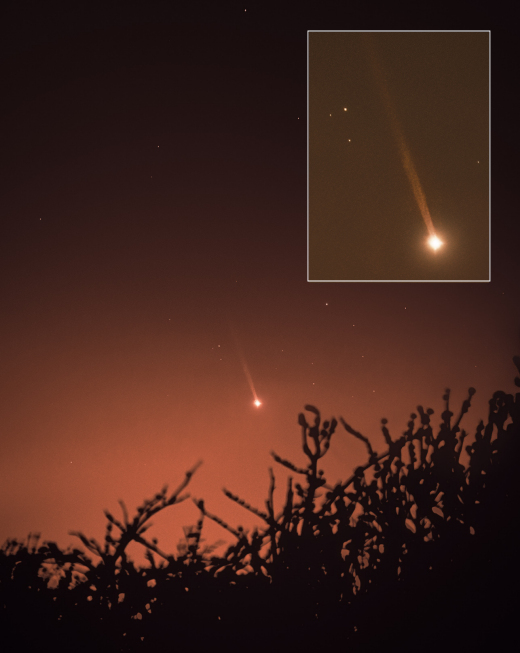
SODIUM TAIL OF #MERCURY: Astronomy used to be so simple. Comets had tails, and planets did not. Mercury is making things complicated. When Dr. Sebastian Voltmer of Spicheren, #France, photographed the #planet this week, it exhibited a magnificent comet-like tail flowing behind it:
"Mercury is NOT a comet, but it looks like one," says Voltmer. "The solar wind and micro-meteorites eject sodium atoms from Mercury's surface. This creates a yellow-orange tail of sodium gas that is around 24 million kilometers long."
First predicted in the 1980s, Mercury's tail was discovered in 2001. The gaseous plume is made of many elements from Mercury's rocky surface, not only sodium. Sodium, however, dominates the scattering of sunlight and gives the tail a striking yellow hue.
People watching Mercury climb up the evening sky this month may be wondering "why didn’t I see a tail?" Answer: A special filter is required. "I used a 589 nanometer filter tuned to the yellow glow of sodium," says Voltmer. "Without such a filter, Mercury's tail is almost invisible to the naked eye."
There are no comments yet.